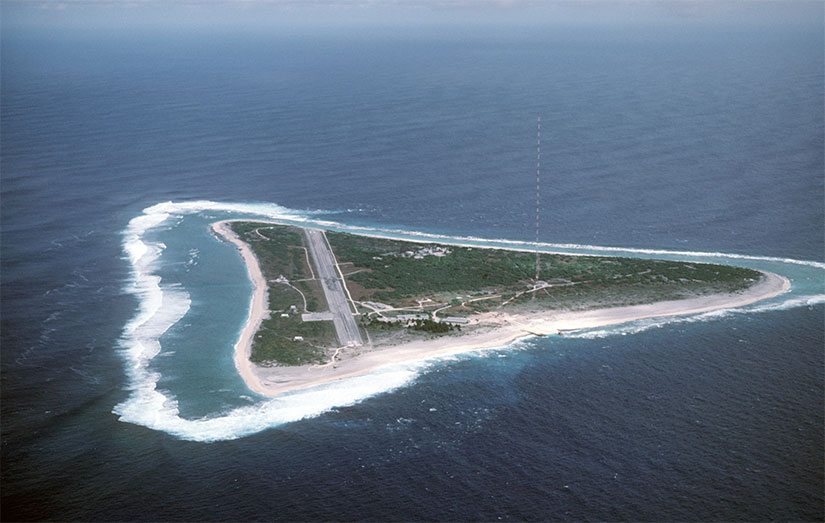
12th April 2018 Centuries' worth of rare-earth metals found in Japanese waters Researchers in Japan, writing in the journal Nature Scientific Reports, describe finding centuries' worth of rare-earth metals in deep sea mud located near the island of Minami-Tori-shima.
In recent years, the demand for rare-earth elements has rapidly increased. Their applications are many and varied – from consumer electronics such as computers, tablets and smartphones, to low carbon technologies such as electric vehicle components, solar panels and wind turbines. They are also used in alloys, catalysts, fibre optics, lasers, magnets and medical imaging. Despite their name, rare-earth metals are not particularly rare in the Earth's crust. However, they are often difficult to extract, their production is generally concentrated in a small number of countries and there is a lack of efficient substitutes. They are listed among the most critically important materials to the economies of the EU, Japan, South Korea and the USA. For many years, China has held a monopoly on rare-earth metals. In 2017, the country produced 81% of the global supply, including virtually all of the world's heavy rare earths (such as dysprosium). Australia was the second, and only other major producer, with 15% of production. China's dominance in this area has triggered concerns over supply security for other countries. In 2010, with production levels reaching all-time highs, the Chinese government imposed tighter regulations on exports. This caused a number of rare-earth elements to spike dramatically in cost. Since the price shocks of 2010 and 2011, billions of dollars of investment have gone into geological investigations, new production methods and recycling technologies outside China. Among the countries working to develop a more equitable supply of these materials is Japan. This week, a team of researchers from several universities, businesses and government institutions have announced the results of a survey near Minami-Tori-shima, a small island in the western Pacific. Reporting their work in the open-access journal, Scientific Reports, they describe finding reserves with potential to supply rare-earth metals on a "semi-infinite basis to the world". The deposits are spread across a 2,500 sq km (965 sq mi) region, about 1,850 km (1,150 miles) southeast of Tokyo. Over 16 million tons of rare earths have been identified, according to the study: equivalent to 420 years of terbium, 620 years of europium, 730 years of dysprosium and 780 years of yttrium. However, extracting these huge reserves will be challenging. They are located in deep-sea mud, more than 5,000 metres down. The team plans to conduct a feasibility test within the next five years. Some analysts believe that large-scale, commercial mining of the ocean floor will take until 2040 to achieve.
Comments »
If you enjoyed this article, please consider sharing it:
|







